Last November, according to New York City’s Department of Consumer Affairs, 14% of luggage scales at the airport were wrongly calibrated. So, if your airline tells you your bag is too heavy (and charges you an even heftier fine), it could be their mistake.
Here’s what to do to prevent overweight charges:
** 1. Weigh your bags at home. Either put them on your bathroom scale, or get a hand-held luggage scale (like the Travelon from Bed Bath & Beyond). Try to stay more than a pound or two below the limit.
** 2. Be polite and stand your ground. If your bags were under the limit at home but the airport scale disagrees, don’t lose your cool. Ticketing agents deal with a lot of stress over the holidays and an attitude isn’t going to win you any points. Kindly say that you weighed your bags at home, and they were under the limit. Then, ask the agent to use another scale.
** 3. Take something out. If the second scale says your bag is still overweight, try taking out a piece of clothing, like a jacket or something else you can wear or take in your carry-on.
— Bonnie
Bonnie Caton
Great Escape Publishing
P.S. When I went to Ecuador last August, I brought an empty suitcase with me to stock up on gifts for myself and my family. I had this idea that I’d bring back enough stuff to start my own little import/export business, too. But I ended up filling my entire bag with things just for me (oops).
You can see pictures of some of the things I bought below, but you should know that: 1) Import/export is a great way to earn money from your travels; 2) you don’t need to start a “real” business to fill up a suitcase full of goods and make enough money to cover your airfare; 3) Ecuador is a great place to start because everything is so cheap; and 4) if you end up filling your bag with goods just for you, it’s not such a bad thing (right?).
And here are some pictures of the kinds of things I brought back with me from Ecuador. Just to give you an idea of what you might pick up yourself if you’re thinking about joining us in Ecuador this February for our Photography & Spanish Immersion Expedition…
MY FAVORITE:
Here’s the piece de resistance of my trip. I bought this wool poncho in Cotacachi from the woman who knits them:
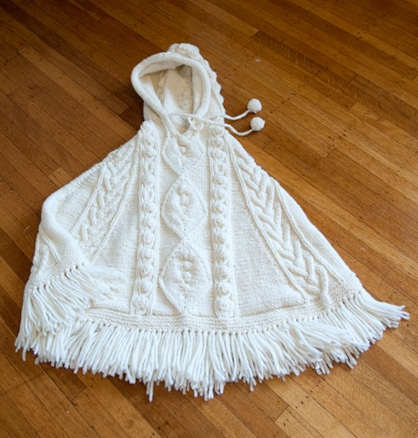
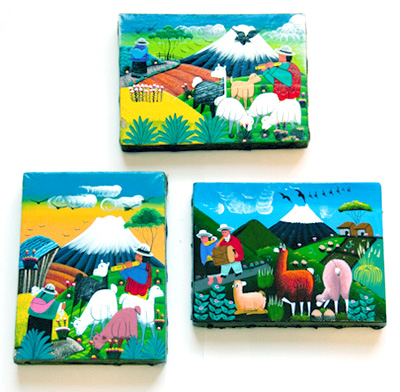
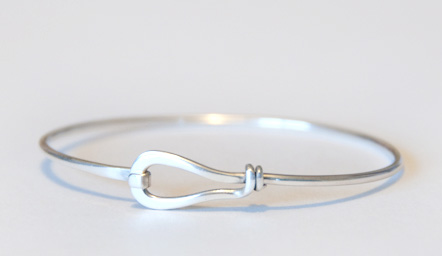
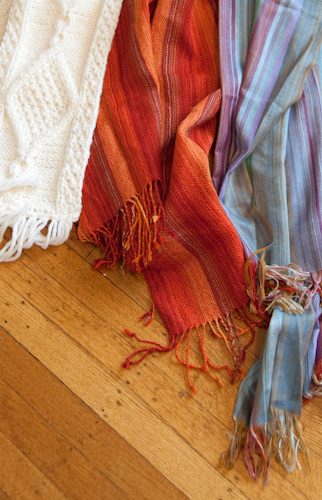
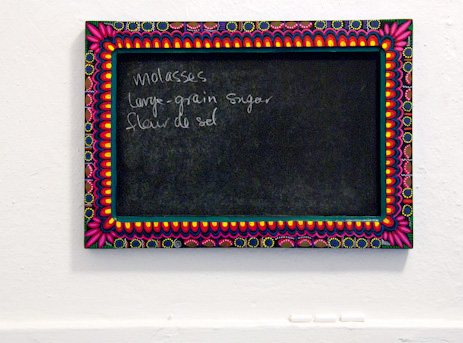
Travel Photography Resources
5 Dos and 2 Don’ts for Travel Photography
Take Great Photos And Get Paid More For Your Travel Articles
Turning a Photography Hobby into a Monthly Income
The Pros Of Selling Your Images As Stock Photography
16 Mobile Photography Tips And Tricks Every Photographer Should Know

